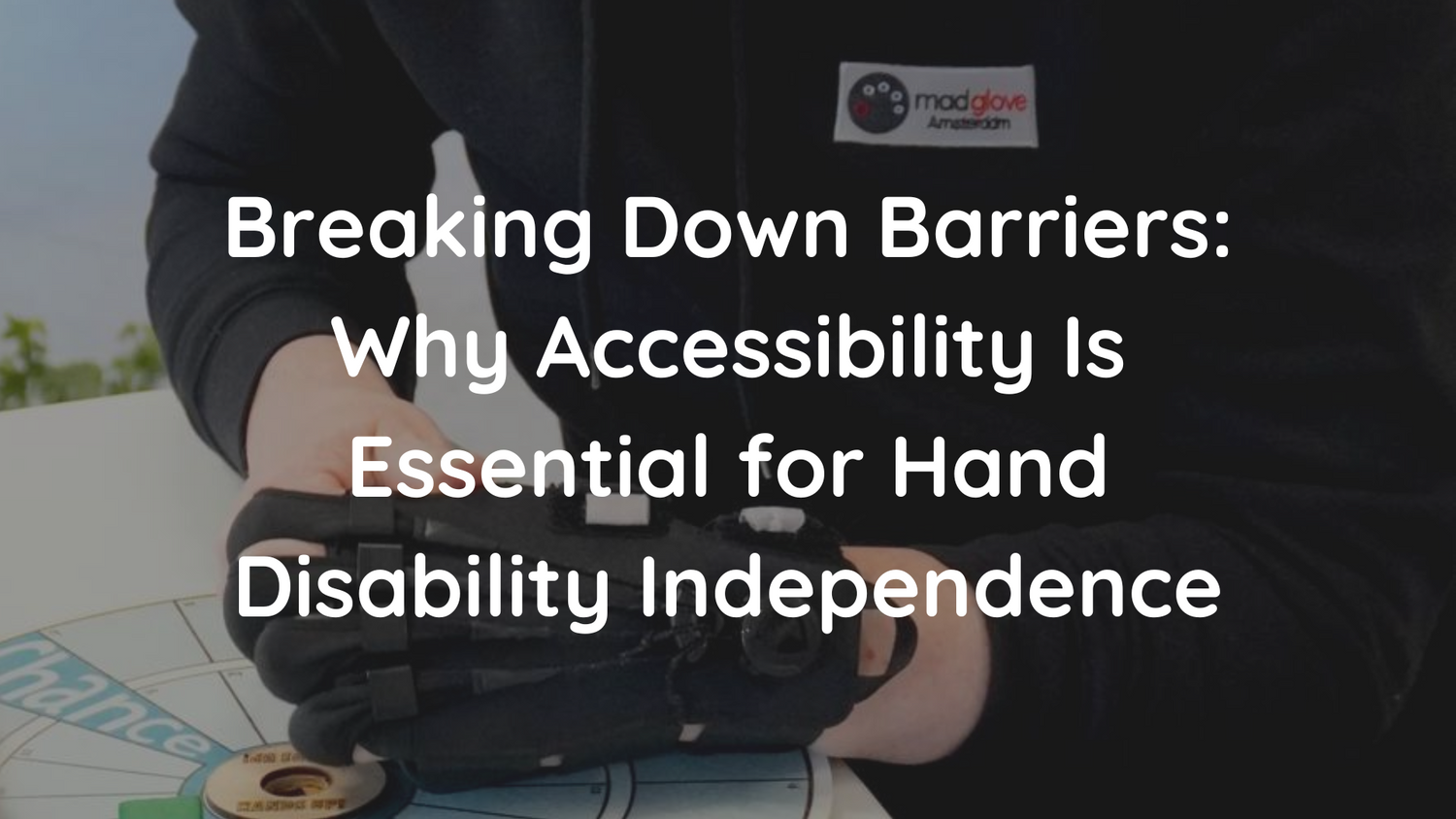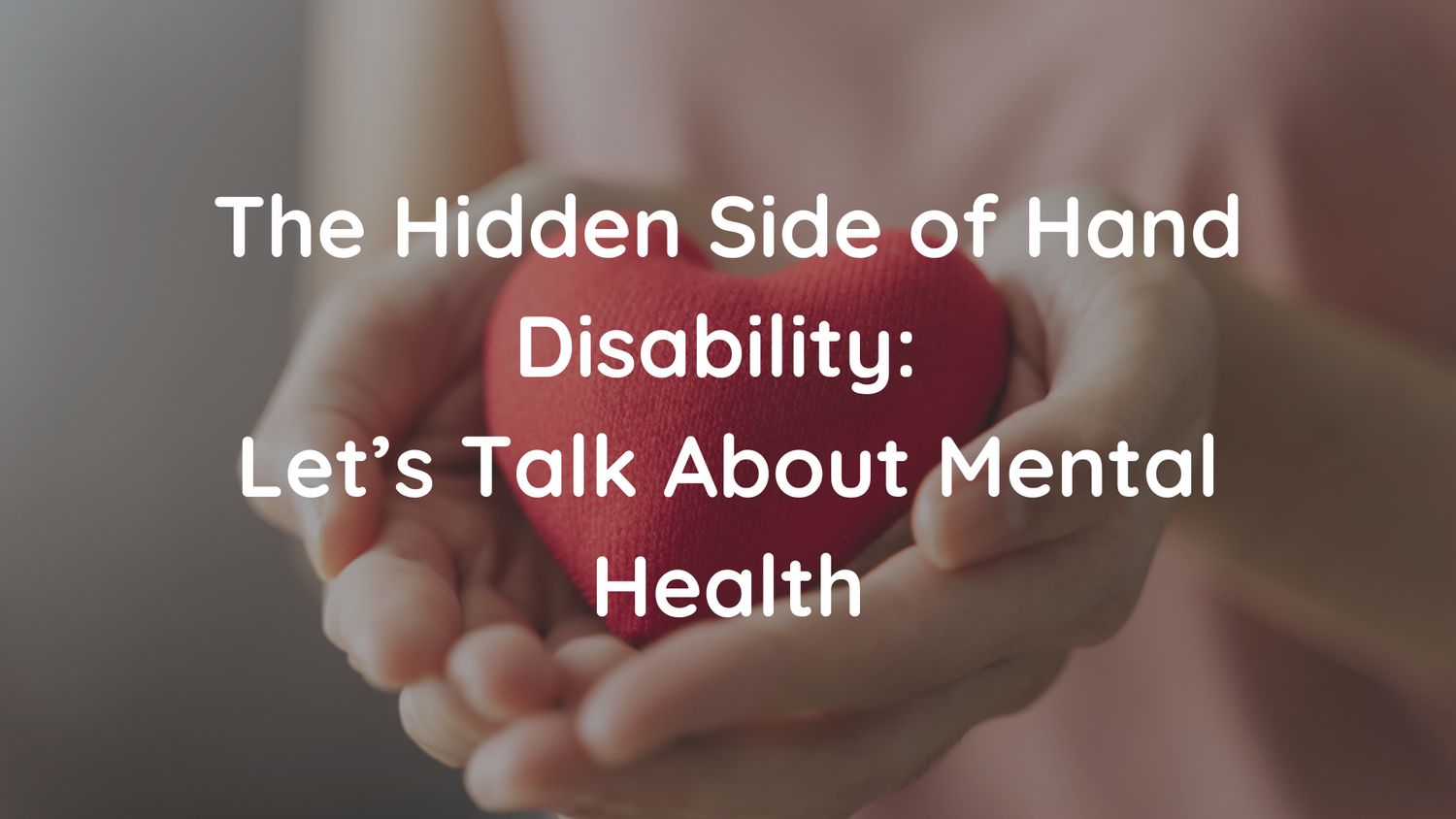How many myths and pieces of misinformation do we encounter on a daily basis?
The answer is probably: A lot.
In today’s world, we’re constantly bombarded with information from countless sources, which makes it increasingly difficult to tell fact from fiction.
And this becomes especially concerning when it comes to medical conditions like stroke.
Because be honest - we’ve all heard common beliefs about stroke and stroke recovery.
For example, the idea that strokes only affect older people, so if you’re young, you have nothing to worry about.
Well… hate to break it to you, but that’s one of the most widespread myths out there - and one that can be dangerously misleading.
And at Madglove, we believe knowledge is power. That’s why in today’s blog post, we’re debunking some of the most common myths and misconceptions about stroke and recovery-so you and your loved ones can stay informed and live healthier lives.
Myth 1 - Only older poeple get stroke
Let’s kick things off with the myth we mentioned at the beginning of this blog: that strokes only happen to older people.
While it’s true that strokes are more common among the elderly due to the natural correlation between age and stroke risk, that doesn’t mean young people are in the clear.
The truth is, stroke can happen to anyone-regardless of age. Whether you’re 20 or 40, you could become a stroke survivor.
So why are younger people at risk?
One major reason is the rise in obesity among younger generations. This often leads to conditions like hypertension, high cholesterol, or diabetes - all of which significantly increase the risk of stroke.
So no, it’s not your age that determines your risk- it’s your lifestyle.

Myth 2 - Stroke recovery only happens in the first few months
Let’s bust one of the most common myths about stroke recovery:
That all progress only happens in the first few months after a stroke, and then it just stops.
Sure, it’s true that the initial months after a stroke are when recovery tends to be the fastest and most noticeable. But that doesn’t mean progress ends there.
Many stroke survivors continue to improve months, even years, after their stroke.
The real secret?
Ongoing rehabilitation, working closely with healthcare professionals, using the right exercises and tools, and above all - staying motivated and open to change.
Because even the smallest improvement is a huge step forward.
And every win counts.

Myth 3 - Stroke is not hereditary
We’ve got some tough news if you believed this common myth:
That lifestyle alone determines your stroke risk.
While lifestyle factors like diet, exercise, and smoking do play a huge role, genetics matter too.
Your family history can significantly impact your chances of having a stroke.
Why?
Because stroke often runs alongside other inherited conditions like high blood pressure, high cholesterol, or diabetes-all of which increase stroke risk.
So, what’s the takeaway?
Pay close attention not just to your daily habits, but also to your family’s health history.
After all, understanding your full risk profile means you can take better care of yourself - from every angle.

Myth 4 - Stroke is not preventable.
Let’s be straightforward:
A stroke risk is not a life sentence.
Just because you have a family history of stroke or certain conditions that increase your risk doesn’t mean you have to sit back and wait for it to happen.
In fact, it should be the opposite.
Here’s the truth:
Stroke is largely preventable.
And knowing you’re at higher risk can be the greatest motivation to start making meaningful lifestyle changes.
Even small shifts-like eating a balanced diet, exercising regularly, managing stress, and prioritizing your well-being-can make a significant difference.
So don’t wait.
Start now.
Your future self will thank you.

Myth 5 - Stroke rehabilitation focuses only on the movement
While stroke rehabilitation is primarily focused on improving mobility and movement, its benefits go far beyond just physical recovery.
Because let’s face it - stroke recovery isn’t only about rebuilding physical strength.
You can’t separate the body from the mind. Mental health plays a vital role in how we heal, grow, and progress.
At the end of the day, we’re human-not machines.
That means everything we experience during rehab, from challenges to small wins, also affects how we feel emotionally.
That’s why physical therapy can also lead to improvements in motivation, mental well-being, and emotional resilience - all of which are essential for long-term recovery and a better quality of life.

Final Thoughts
Stroke recovery isn’t black and white, and it definitely isn’t one-size-fits-all.
It’s a journey. A process. One that requires patience, support, and most importantly - the right information.
At Madglove, we believe in empowering people with knowledge, because awareness is the first step to prevention, progress, and a better quality of life.
So whether you’re on the road to recovery, supporting a loved one, or simply want to learn more- keep questioning, keep learning, and never stop believing in progress.
Because stroke doesn’t define you and your life.
What matters the most is how you approach it and what you do about it.





